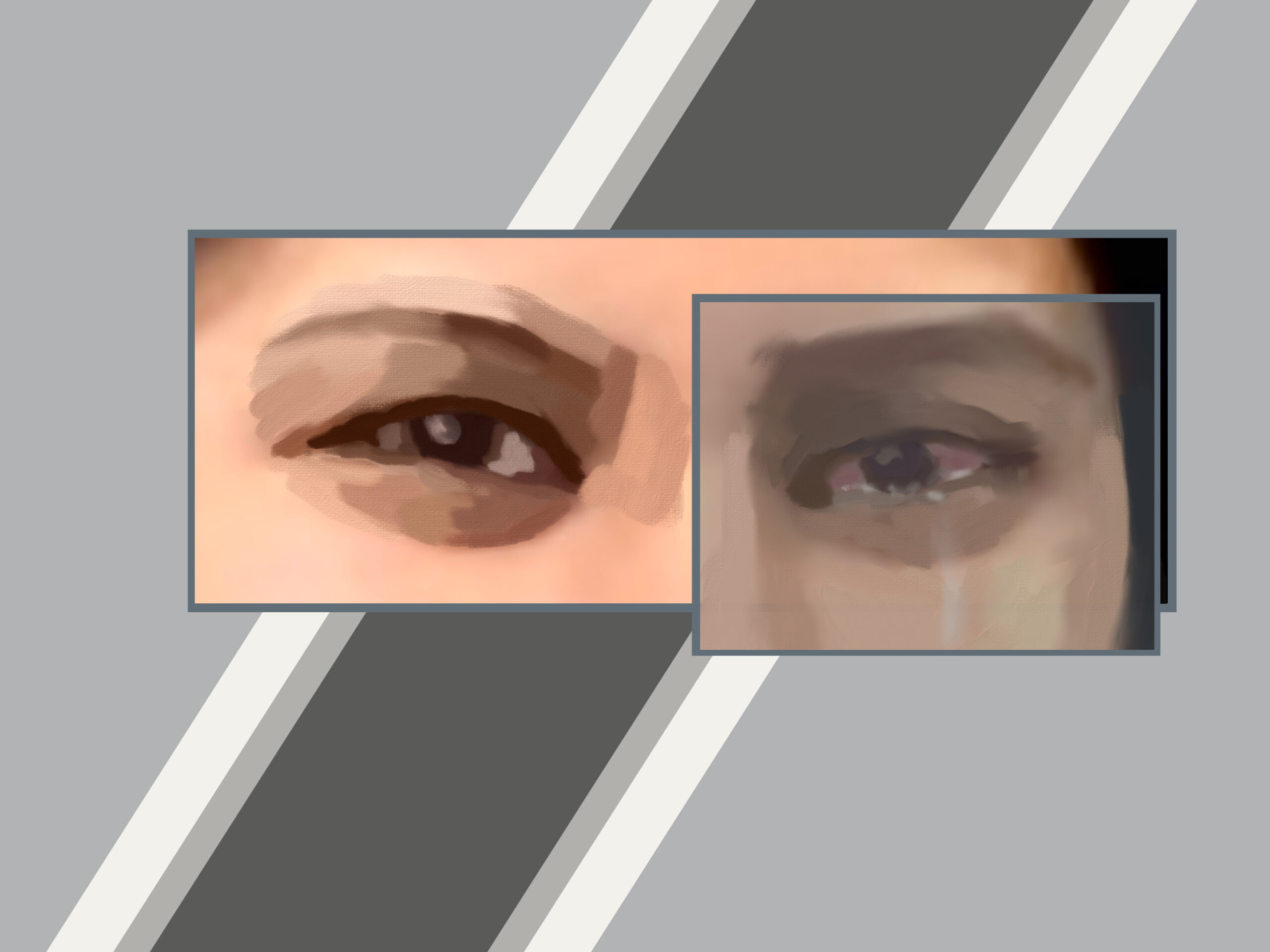Thinking Beyond the “Suffering Indigenous”
In an age of subtle stereotypes and a hazy media climate, what does it means to reimagine Indigenous existence independent of trauma and suffering?
Using trauma as an analytical tool to address Indigenous peoples’ issues creates a skewed perception of the situation amongst these populations. Indeed, concentrating on suffering tends to make the stories of Indigenous peoples — be they Indigenous Palestinians, Native Americans, or First Nations Canadians — predominantly about oppression. Although these representations draw from real-life experiences of colonial injustice, Indigenous subjugation, and transmission of generational wounds, they erase other truths about Indigenous peoples, including their adaptive endurance, ethnic vibrancy, and successes. Centering such discourse around historical trauma and oppression also sustains stereotypes, dehumanizes Indigenous peoples, and perpetuates colonial power structures.
The media and its over-representation of Indigenous despair
Indigenous communities are often framed in the language of victimhood. These narratives imprison Indigenous people to a past social construction that makes them survivors of suffering instead of their current rich identities as individuals, families, and nation-states.
How many of us really know the history of Indigenous Canadians independent of their suffering? Indigenous history did not start with the colonizer’s arrival on Indigenous shores. But we are taught to think about Indigenous experiences through a lens of exploitative stereotypes and oftentimes a sensationalism of suffering. The media is a major culprit here, where a disproportionate emphasis on Indigenous suffering heightens the experience of ‘trauma porn,’ in which suffering is exploited and given prominence.
By over-representing despair, the media makes us believe that Indigenous people are somehow fundamentally helpless; or, even worse, that they cannot progress without the help of others in power. These stereotypes then become the bedrock of discrimination and disparity deeply rooted in our institutions and culture. For instance, a belief that other ethnic groups, specifically Indigenous people, are inherently worthless may explain why the governments provide little funds for their education and healthcare needs.
These media-fuelled Indigenous stereotypes also normalize the deflection of accountability. Denying Indigenous people agency over their own stories simply makes it easier to believe that Indigenous communities’ deprivation of resources, funding, and support are somehow deserved rather than the result of sovereign colonization.
In our current media climate, non-Indigenous organizations own the right to tell Indigenous stories, sistering colonialism once more. Whenever media, schools, or policymakers define how Indigenous lives should be represented, they consider telling stories that support the status quo and rob people of their personhoods and collective liberation.
In other words, those in power must be more careful not to cross the line when talking about or using the theme of trauma. This means focusing on successful Indigenous leadership and innovation as much as on suffering. I also believe that rectification starts with not only shifting where the attention of the media goes, but by acknowledging how colonialism and white supremacy still rooted in our media ecosystem.
Learning from the past, empowering the future
Journalists are entrusted with the facts and the lived realities of their subjects. Despite this, journalism has historically failed marginalized communities. Rectifying this starts with Indigenous people having full agency as subjects of news stories and narrative. For instance, The Guardian constantly features articles by Indigenous people, not influenced by non-Indigenous people.
In my opinion, an essential step towards pursuing truth and reconciliation is employing Indigenous talent, engaging the community, telling Indigenous stories by and for Indigenous people, and turning the focus to strength instead of suffering or hardship.
Another aspect of education lies in people’s ability to learn Indigenous histories and cultures as active processes in curricula rather than as unfortunate subtopics of schooling. For instance, the lesson plans that include Indigenous science, governance, and arts are often ridden with subtle forms of stereotyping and messaging that disempowers “victims.”.
Unfortunately, when Indigenous people are only represented as a commodity, our society is left deprived. Such a one-sided perception reduces people of colour from active agents in colonial violence to mere objects that receive colonial violence, providing no space for justice and mutual understanding.
Proper Indigenous representation means having people and institutions consciously fight against their ethnocentricity and search for real Indigenous people and their material culture. The media provides only the suffering side of life, backlogging the success stories, cultural revival, and progress accomplished by the community.
Consumers must actively decode what they read, watch, or listen to, and think about who or what is not being communicated. And I doubt our media literacy skills are enough to accommodate the systemic failures of modern journalism.
To understand Indigenous experiences independent of the pain colonizers have inflicted on them is one step towards transferring the power back to the hands of those it was stolen from. As we reimagine Indigenous narratives, there is an urgent need to rearrange the position of Indigenous people who are still portrayed as inveterate victims who do not possess histories, diverse cultures, and prosperous futures worth narrating. Only then can we find our way toward a more equitable future for Indigenous peoples that honours their pain, dreams, and triumphs.
Staff Writer (Volume 50) — Vanessa is a fourth-year student double majoring in Psychology and English with a minor in Education. When she’s not working or studying, she enjoys picking up a good novel and escaping into the world of reading or playing some of her favourite songs on her record player. She also loves writing. You can often find her journaling throughout her day.


